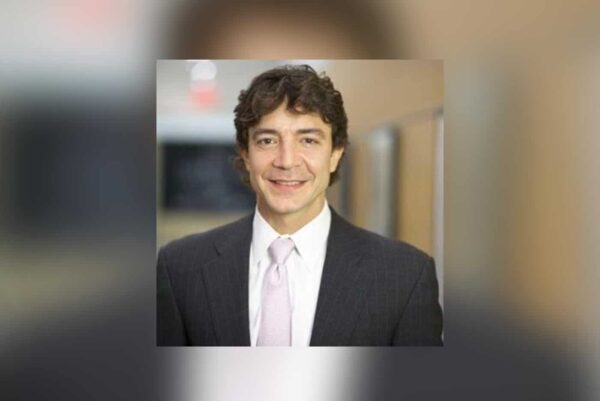
Dr. Raja Flores, professor and chief of thoracic surgery at Mount Sinai Medical Center in New York City, knows that treating mesothelioma is more than a simple surgery. Though surgery is a common treatment for many mesothelioma patients, the process is not nearly as simple as going in and removing the cancerous tissue.
Mesothelioma most often forms in the lining of the lungs, but it can also develop in the lining of the chest or the lining of the heart. For many patients, the rare disease isn’t found until it has already developed to a later stage where surgery may no longer even be an option. For patients who do undergo surgery, they most often face a multimodal form of treatment and will also undergo chemotherapy, radiation, or both.
Though it can be a complex process, Dr. Flores believes surgery is often the best option for survival, and using the right tools is essential to a successful operation.
Tools to Treat Mesothelioma
“When I see the patients, they are already symptomatic,” Dr. Flores explained. “They are short of breath, their cancer is growing.”
Dr. Flores is considered a leading expert in the research and treatment of pleural mesothelioma, which develops in the lining of the lungs. The symptoms often begin with shortness of breath, chest pain, or a dry cough, which can easily lead to a misdiagnosis of more common ailments. This coupled with the latency period of 20 – 50 years before symptoms begin to show leads to most patients facing a rather dire prognosis of 12 – 21 months.
The current standard treatment for pleural mesothelioma is surgery. Depending on the severity of the disease, surgeons may consider surgery with curative intent or as a palliative treatment for those whose mesothelioma has progressed. Either way, no mesothelioma surgery is exactly the same and understanding the best option for an individual’s case is crucial for a patient’s chance of survival and quality of life.
In its most simple form, Dr. Flores explained, “As a surgeon, what I do is I go in there and I cut out the tumor. Most patients will need a combination of surgery, radiation, and chemotherapy afterwards. Now we are starting this trial using immunotherapy for mesothelioma, but that is still in the early stages.”
For doctors, many of the tools enlisted to treat patients are tangible. For example, Dr. Flores enlists scissors to cut through tissue, hands to strip the wall, aquamantys, the usual bovie, and Gore-Tex patches (both thin and thick) as some of the standard pieces of equipment before proceeding with surgery. Experience and extensive knowledge of the disease, however, may be the most important tools a doctor needs for a successful surgery.
Even with a successful treatment, it’s difficult to ever say a patient is cured of mesothelioma. Dr. Flores explains, “I am hesitant to use the word ‘cure’ because we are convinced that there will be microscopic tumor left behind, so you need to add radiation and/or chemotherapy, so I would rather use the word curative intent.”
But even though there is no cure for mesothelioma and sometimes treatments may not be as successful as hoped, Dr. Flores has a more optimistic outlook. “As a surgeon I am biased,” he says, “I treat this with surgery and all of my survivors are people who have had surgery.”
Working Together for Survival
One of the greatest tools researchers and doctors have is each other. Mesothelioma is a challenging, complex disease. With better data sharing and more collaboration, doctors can continue to improve current mesothelioma treatment options and improve emerging therapies, like immunotherapy, that show promise for the future.
“Since it’s such a rare tumor, I think the patients should see doctors who are really experienced in this field and I think the same goes for the new doctors. They should pair themselves up with doctors who are already experienced because you don’t want to reinvent the wheel,” Dr. Flores insisted. “When you reinvent the wheel, patients get hurt. You want to learn from the people who are experienced in this procedure, so that you don’t make the same mistakes and hurt these patients just because there are so few of them. You want to go to someone who has a large experience of treating this disease.”
Although mesothelioma is a malignant force that has life changing consequences on anyone it touches, the mesothelioma community is a tight knit one that offers and provides heaps of love and support to those in need. With insights from professionals such as Dr. Flores to success stories and inspiration like that of Heather Von St. James, the fight against mesothelioma is stronger than ever and only continues to grow stronger. Knowing which tools are necessary to attacking mesothelioma is the first step. Picking up those tools and using them comes next.




